I have neuroscientific data where we count synapses/cells in the cochlea and quantify these per frequency. We do this for animals of different ages. What I thus ideally want is the frequencies (5,10,20,30,40) in the x-axis and the amount of synapses/cells plotted on the y-axis (usually a numerical value from 10 - 20). The graph then will contain 5 lines of the different ages (6 weeks, 17 weeks, 43 weeks, 69 weeks and 96 weeks).
I try this with ggplot and first just want to plot one age. When I use the following command:
ggplot(mydata, aes(x=Frequency, y=puncta6)) + geom_line()
I get a graph, but no line and the following error: 'geom_path: Each group consists of only one observation. Do you need to adjust the group aesthetic?'
So I found I have to adjust the code to:
ggplot(mydata, aes(x=Frequency, y=puncta6, group = 1)) + geom_line()
This works, except for the fact that my first data point (5 kHz) is now plotted behind my last data point (40 kHz)......... (This also happens without the 'group = 1' addition). How do I solve this or is there an easier way to plot this kind of data?
I couldnt add a file so I added a photo of my code + graph with the 5 kHz data point oddly located and I added a photo of my data in excel.
example data

example code and graph
